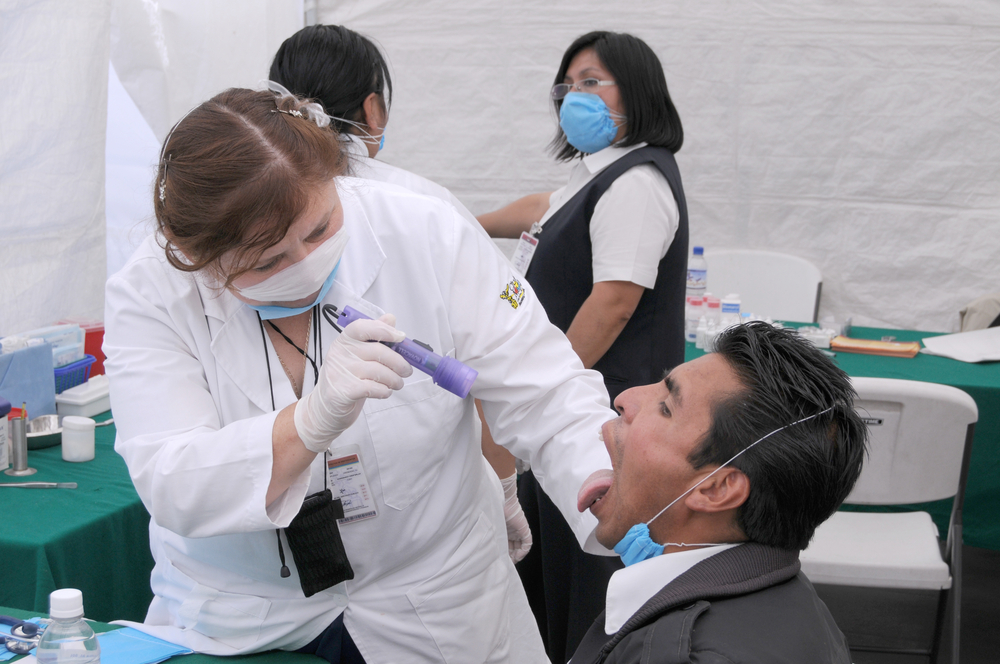
Researchers at Arizona State University have developed a new way to fight viral outbreaks. (Shutterstock)
A new method has emerged in understanding and possibly preventing the outbreak of viruses including HIV, SARS, Ebola, H1N1 and Zika.
Researchers from Arizona State University have developed a method using a combination of proven complex sociological and statistical mathematic models to tell where a viral outbreak might occur, how it might spread and how it could be rolled back or even eliminated.
Carlos Castillo-Chavez, a regent’s professor of mathematical biology at Arizona State University’s School of Human Evolution and Social Change, led a team of scientists in developing a more tactical application of resources in tackling global health threats by using a combination of an economic epidemiological modeling approach and the Lagrangian approach.
According to Castillo-Chavez, the traditional approach to tracking diseases involved mathematical epidemiology relying heavily on the amount of per capital points of collisions between those with a disease and others not yet infected.
He said these models often fall short because they fail to account for the unique complicating factors of the patch—or a zone of shared socioeconomic, geographic or other traits—where those interactions occurred.
Castill-Chavez began looking at and prompting others in the field to consider the intersection of two evolving approaches that could be used to better address the issues.
“These efforts emerged as the result of multi-institutional collaborators that met regularly at NIMBioS in Tennessee with the support of NSF for more than two years,” Castillo-Chavez said in a statement. “The research has been carried out with my former students and postdoctoral associates Benjamin Morin, now at Vassar and Derdei Bichara, now at Cal State Fullerton.”
The economic epidemiological modeling includes examining the information flow in affected areas and the financial risk and reward perceptions that may drive movement of individuals to, from and within affected “patches.”
An example of this might include someone choosing between self-quarantine as a protection strategy versus leaving home during an outbreak to go to work and receive income—which can also be a matter of life and death.
The Lagrangian approach also assists with projecting human crowd movement and behavior but broadens the scope of patches considered related to a disease and allows them to be assigned their own associated risk of infection per residency time.
In this approach information can be then layered over EEM-driven population mobility calculations for more accurate transmission projections.
“The Lagrangian perspective has helped increase our understanding of the consequences of the deliberate release of biological agents in 2003 and most recently in the study of Ebola in West Africa and Zika in the Americas,” Castillo-Chavez said.
The study was published in the Proceedings of the National Academy of Sciences of the United States of America.




